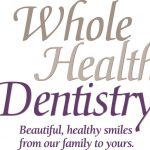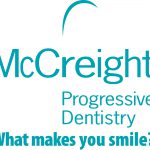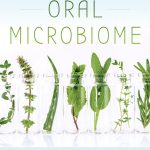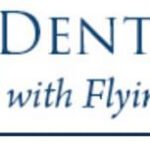
Background: The patient is a 54-year-old female who presented with the chief complaint “My gums bleed when I brush, there are possible cavities and I don’t like the tooth crowding.” Her last dental visit was about 6 years ago. There is a family history of diabetes, cardiovascular disease, stroke and cancer. The home care consisted of manual tooth brushing 1-2 times per day with occasional antibacterial mouth rinse. During the clinical assessment, it was discovered that several amal...
Read More








